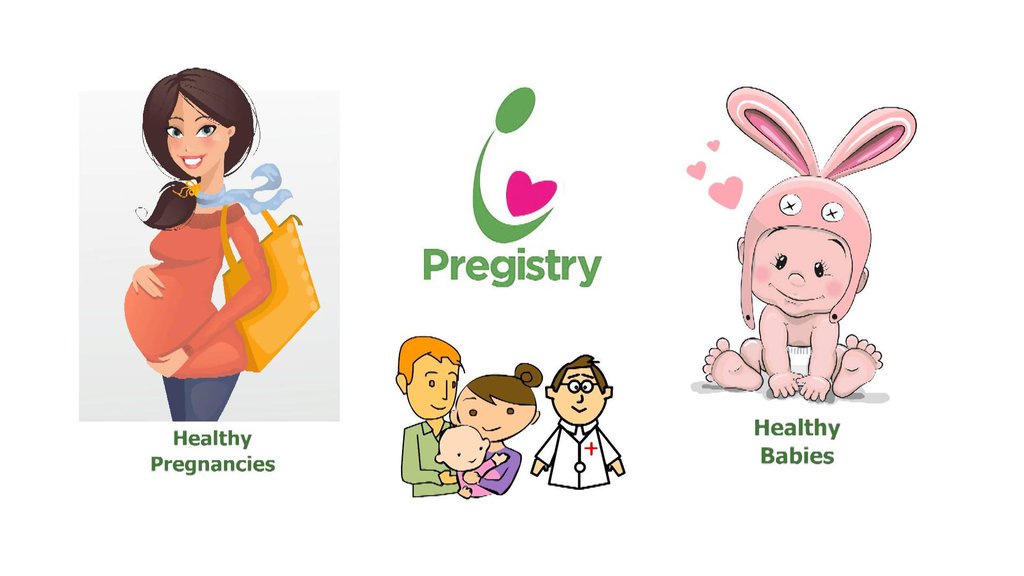Getting started with breastfeeding can be really tough—especially if it’s your first time trying it. Figuring out your breastfeeding relationship will be a learning experience for both you and baby. Try to give yourself, your body, and your baby grace and ask for help from an International Board Certified Lactation Consultant—also called an IBCLC, this is a person with extensive training in how to help you meet your breastfeeding goals—if you need it. Read on for some tips that can help you figure out breastfeeding in the beginning.
Just After Birth
The sooner you can get started with breastfeeding, the more successful it is likely to be. But don’t worry, that doesn’t mean that you’ll have trouble if you have to delay. Plus, there are plenty of folks who have a rocky start but end up with a great breastfeeding relationship with their babies.
As soon as you can after baby is born, put them on your bare chest so that you and baby can enjoy some skin-to-skin time. This helps you bond with baby, but it also can help baby initiate breastfeeding. Newborn babies are capable of a reflex called the breast crawl, in which they are able to move themselves toward the breast and, in many cases, latch on and initiate breastfeeding with some support from you.
If you can, giving baby a chance to get started with breastfeeding on his or her own is a good precedent to set because it engages baby as an equal partner in the breastfeeding relationship. The breast crawl is related to laid-back breastfeeding, which is a great breastfeeding position to start with. It’s also a good idea to ask about getting support for breastfeeding while you are still at the hospital or birth center, as many places have lactation consultants on staff.
In the early days after birth, baby will likely want to eat 10-12 times (or more!) every 24 hours. Baby feeding this often is great, as it helps stimulate your body to make the milk that baby needs.
Where to Begin
My favorite breastfeeding position, and one that’s really easy to start with is laid back breastfeeding. In this position, the breastfeeding parent adjusts their body to be comfortable and then makes sure that baby is supported so that they can latch well and get a good feed in.
How it works:
- The breastfeeding parent sits or reclines comfortably with pillows supporting their neck, back, and arms. Legs also rest comfortably, supported by pillows as needed. A bed, couch, or recliner is a great place to try this position.
- The breastfeeding parent’s body supports the baby—they are essentially belly to belly—so that baby’s legs and feet touch and can push against the parent’s belly and legs or part of the parent’s support, like a blanket or pillow. The ability to rest their feet somewhere helps baby orient to the breast and feel supported.
- The parent does not need to apply pressure to the baby’s back or neck to keep the baby in place because gravity does the work for them. The parent might have one or both hands free in order to grab a drink or snack.
If you want to know more, there are great videos about laid-back breastfeeding online, as well as lots of written information. And maybe this position works for you, or maybe you prefer something else. There is no right or wrong breastfeeding position; the best position is the one that works. And if you can’t or don’t want to breastfeed, you also have good options for feeding your baby.
Common Baby Hunger Cues
Knowing baby’s hunger cues can help you succeed at breastfeeding. Early signs that baby is starting to feel hungry, even if they are asleep or drowsy, but especially if they are awake:
- Baby brings their hand or hands to their mouth
- Baby opens and closes their mouth, kind of like a fish
- Baby licks lips or makes smacking sounds with lips and tongue
- Baby makes sucking or nursing movements with their lips and face
- Rooting, where baby bobs their head around on your shoulder or face looking for milk
- Arm and leg movements—sometimes these can look like baby pedaling a bicycle
Once baby is fussing or crying, they are likely to be hungry. Especially in the first days, as soon as you see the early cues, help your baby to latch at the breast. Try not to wait for baby to cry, as a frustrated baby often has more trouble breastfeeding successfully. All that said, relax if you can; sometimes it’s possible to catch an early cue, but sometimes it’s not.



